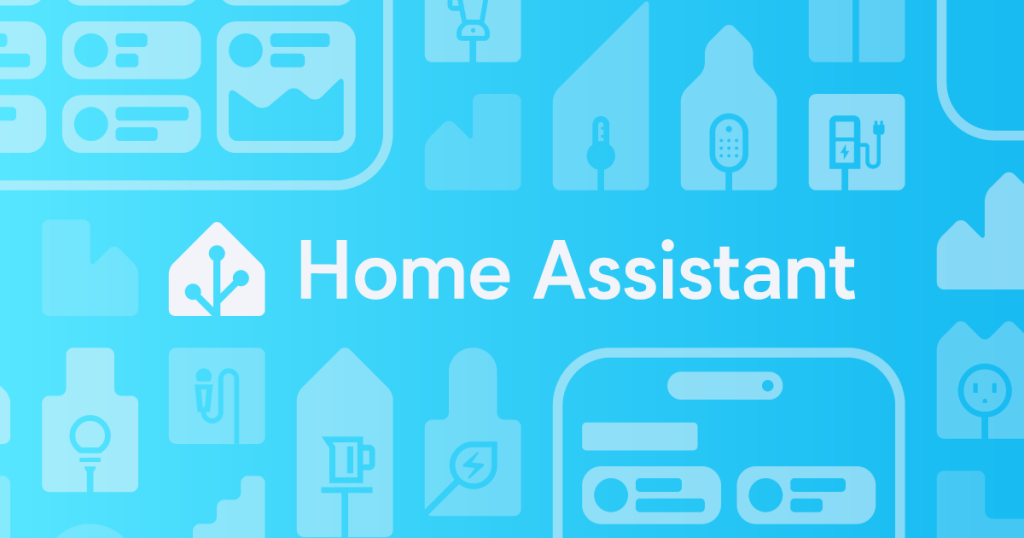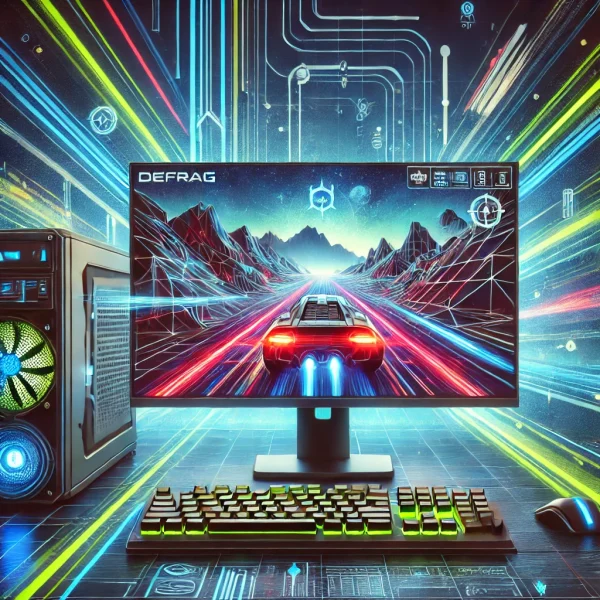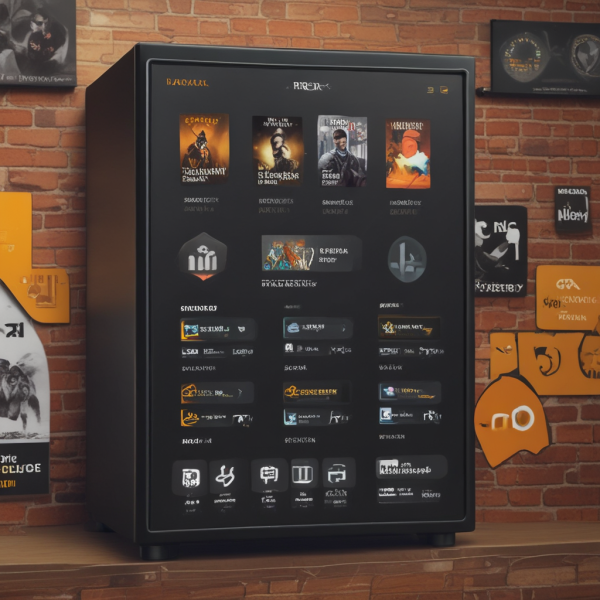Home Assistant – an overview

Home Assistant (HA) is a leading open-source home automation platform designed to integrate and manage smart devices seamlessly. Its flexibility, security, and robust feature set make it a popular choice among tech enthusiasts and those looking to streamline their smart home ecosystems.
What is Home Assistant?
Home Assistant is an open-source software application that runs on local hardware such as Raspberry Pi, a server, or a virtual machine. It allows users to control, automate, and monitor various smart devices from a centralized interface. Unlike many commercial smart home platforms, Home Assistant emphasizes privacy, as it operates primarily offline, ensuring user data stays local.
Key Features
- Extensive Device Support: Home Assistant supports thousands of devices and services via integrations, allowing users to control lights, thermostats, cameras, sensors, and more.
- Customizable Automations: With a powerful YAML-based configuration system and Node-RED support, Home Assistant enables users to create complex and highly personalized automations.
- Privacy Focused: As a self-hosted platform, Home Assistant ensures data is not shared with third parties unless explicitly configured by the user.
- Energy Management: Tools to monitor and optimize energy usage, providing insights into power consumption and solar energy production.
- Community and Add-ons: A thriving community contributes to a rich ecosystem of add-ons, from advanced dashboards to voice assistants like Rhasspy.
Comparison to Other Platforms
Home Assistant stands out among smart home systems due to its open-source nature and flexibility. Here’s how it compares to other platforms:
1. Google Home and Amazon Alexa
- Strengths of Google Home/Alexa: Easy setup, strong ecosystem integration, and robust voice control.
- Home Assistant’s Edge: Greater control over devices, advanced automation capabilities, and privacy-focused operations. Unlike Google or Alexa, Home Assistant doesn’t rely on cloud services, reducing latency and dependency on internet connectivity.
2. SmartThings
- Strengths of SmartThings: Good balance of simplicity and flexibility, cloud-based integrations.
- Home Assistant’s Edge: Local execution, more integrations, and no vendor lock-in.
3. OpenHAB
- Strengths of OpenHAB: Another open-source platform, known for stability and flexibility.
- Home Assistant’s Edge: Faster development cycle, more intuitive interface, and a larger user community.
Integration with Google and Alexa
Home Assistant integrates smoothly with Google Home and Amazon Alexa, enabling voice control for connected devices.
- Google Assistant Integration: Allows syncing of Home Assistant devices to Google Home for voice commands. This requires setting up the Home Assistant Cloud or configuring manual integration using Google APIs.
- Alexa Integration: Similarly, Home Assistant can link with Alexa for device control, either through the Home Assistant Cloud or custom skill setup.
Newest Features in Home Assistant
The platform’s rapid development cycle ensures regular updates. Some of the latest features include:
- Blueprints for Automations: Templates for common automations that make setup easier for new users.
- Improved Energy Dashboard: Enhanced tools for tracking and optimizing energy usage with support for new devices.
- New Integrations: Expanded support for devices and services, including Matter and Thread standards.
- Voice Control Enhancements: Native integration for local voice assistants.
- UI Improvements: Refined Lovelace dashboard customizations with easier widget management.
Why Choose Home Assistant?
- Flexibility: From DIY setups to professional-grade installations, Home Assistant caters to a wide range of users.
- Privacy: No dependence on third-party servers ensures maximum security for your smart home.
- Community Support: A large, active community means constant updates, help for beginners, and a wealth of tutorials.
Getting Started
To start with Home Assistant, you’ll need hardware such as a Raspberry Pi or a compatible server. Installation options include Home Assistant OS, Home Assistant Core (for advanced users), or running in a virtual environment. After installation, devices can be added using integrations, and automations can be created via the web interface or YAML configuration.
Conclusion
Home Assistant stands as a powerful, flexible, and privacy-respecting solution for smart home enthusiasts. Whether you’re seeking granular control over your devices or a platform to unify your ecosystem, Home Assistant delivers unmatched versatility and performance. With ongoing innovations and a vibrant community, it’s an excellent choice for anyone serious about home automation.



